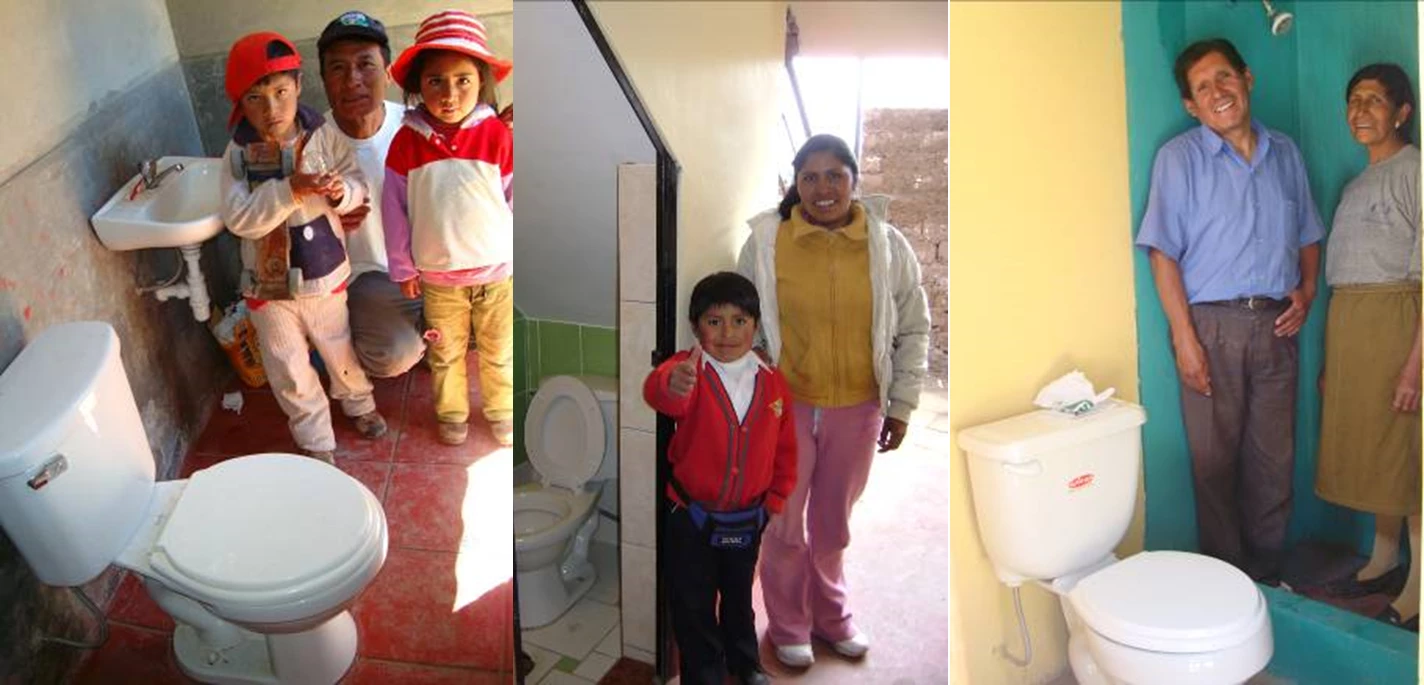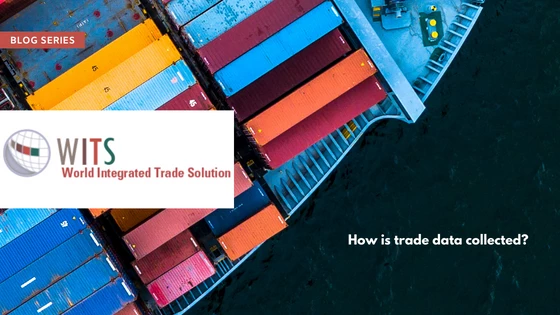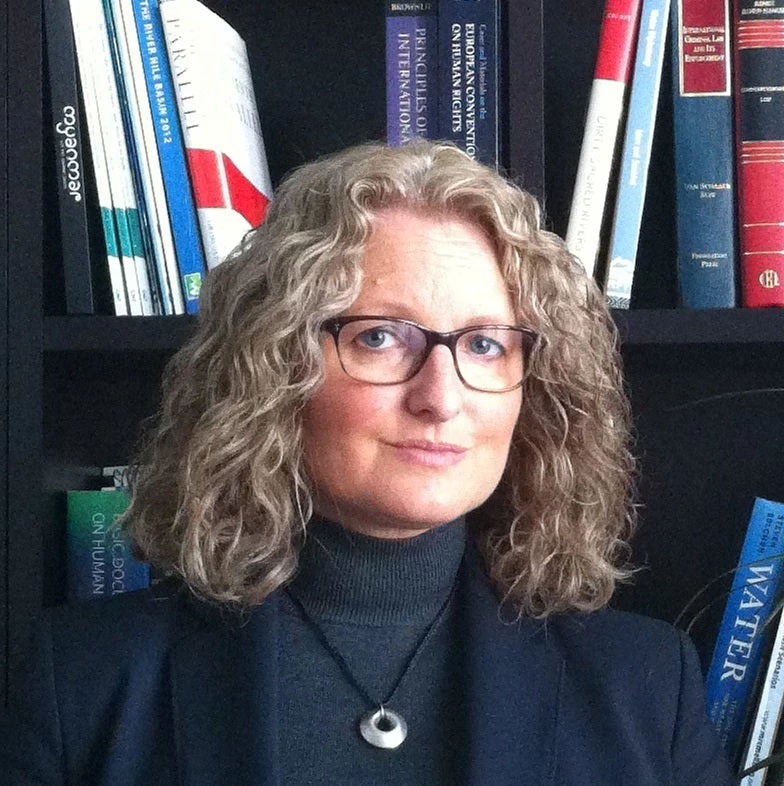As delegates are gathering this week in Tajikistan for the High-Level International Conference on the International Decade for Action “Water for Sustainable Development,” 2018-2028, it is an opportune moment to share some lessons learned in improving gender inclusiveness in water management in Tajikistan.
Khatlon Region is one of the most populated areas of Tajikistan and located to the south of the conference venue in the nation’s capital of Dushanbe. About 60 percent of the region’s people are employed by the agricultural sector, which depends almost entirely on irrigation. However, growing numbers of rural women in Khatlon are being left behind to manage farms, while males migrate elsewhere in search of work. With little social and financial support, these women struggle to find productive roles in the irrigation management system that replaced the centralized Soviet model. Improving gender inclusiveness in irrigation management may improve the country’s food security, rural livelihood opportunities, and social stability.

Irrigation management in this Central Asian nation now revolves around Water User Associations (WUAs). WUAs are groups of water users, such as irrigators, who pool their resources for shared benefit. Recent research by the International Water Management Institute (IWMI) validates the key importance of WUAs. However, the research also outlines the need to increase investments in capacity building for women’s inclusion in farming activities – especially as their workloads rapidly mount.
Growing pains
Farmers shared mixed feelings about the differences between the past Soviet model and current system. “All the people here were farm employees with salaries, child care, and social security,” said Saidov Shukurkhon, who once managed a collective farm in the region, “We didn’t have to worry about water problems; it was all managed by the government,” he continued.
Women taking part in a focus group, however, viewed the past through a different lens: “Now, it’s better, because we have our own land. We have the freedom to decide what products we want.” With freedom come responsibilities, along with hardships that families involved with farming endured during the political transition. Managing and navigating the current system is difficult for many.
Abdulla Uguloi is one of only seven female leaders of the nearly 400 WUAs in the region. She accepted the role of WUA Secretary when the previous leader left the role. Upon accepting the role of Secretary, she quickly gained the respect and support of the predominantly male membership. Uguloi also captured the attention of government authorities, as she noted that: “We showed them our WUA can work.”
Learning to participate

disrepair after the collapse of the Soviet Union
and the country’s ensuing civil war
(photo: Neil Palmer/IWMI).
With the demise of the Soviet Union and Tajikistan’s ensuing civil war, irrigation infrastructure fell into disrepair, crop production nosedived, and the mass out-migration of male farmers began. The government of Tajikistan and international supporters began building the new irrigation management system once conflict ended. The new system centered on WUAs, and collective farms were divided into thousands of private (dehkan) farms. Several hundred private farms were grouped under each WUA, whose members are responsible for overseeing the delivery of water to farms. The country thus became part of a novel participatory irrigation management experiment across the developing world.
The experiment yielded a wealth of experience and insight to help improve irrigation management. For example, the WUAs set up by USAID received much longer training periods than provided to WUAs established by the government. Additionally, the training went hand in hand with the creation of formal and informal agricultural extension services.
Dekhan farms whose managers received longer training sessions were more likely to pay membership fees, attend WUA meetings, and contribute labor to canal maintenance. Meanwhile, the extension services not only improved the productivity of the established cotton and wheat rotation, but also helped farms diversify into horticultural crops for rural households and local markets.
Mind the gap: Research reveals there is work yet to be done
Because of a major upswing in out-migration, nearly half of the dehkan farms have been turned over to workers who did not receive training. According to IWMI research, there is no effect on WUA participation when untrained male workers take over farm operations. Females operating farms are much less likely to pay fees, sign water contracts, and take part in WUA meetings. The main reason is that departing male farm managers tend to only share knowledge with other incoming male leadership. Even though women now constitute 25% of new farm operators, they have not historically been associated with technical roles. This also explains their limited participation in land and water management training, which has so far been provided almost exclusively to male farm managers.
It is essential that future irrigation management training strengthens women’s technical capacities and leadership qualities. Otherwise, a widening knowledge gap will undermine the viability of irrigation management system. As Abdulla Uguloi explained, “…in every village, there’s a network of women who will step up to get the work done.” Investing in gender inclusion and equality may open the door to increased women’s leadership -- which Abdulla said is the secret for successfully managed WUAs.
Soumya Balasubramanya is a Senior Researcher in Environment and Development Economics at the International Water Management Institute—CGIAR. The views expressed in this blog are those of the author alone. Publication does not imply endorsement of views by the World Bank.



Join the Conversation